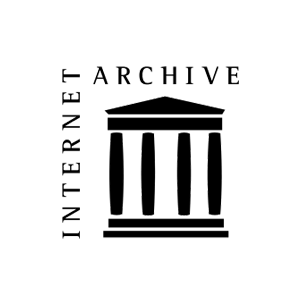Review Article
Smart Materials and Sensors: Integrating Technology into Dental Restorations for Real-Time Monitoring
- Dr. Omid Panahi
Corresponding author: Omid Panahi, Centro Escolar University, School of Dentistry, Manila, Philippines.
Volume: 2
Issue: 1
Article Information
Article Type : Review Article
Citation : Omid Panahi. Smart Materials and Sensors: Integrating Technology into Dental Restorations for Real-Time Monitoring. Journal of Dentistry and Oral Health. 2(1). https://doi.org/10.61615/JDOH/2025/MAR027140331
Copyright: © 2025 Omid Panahi. This is an open-access article distributed under the terms of the Creative Commons Attribution License, which permits unrestricted use, distribution, and reproduction in any medium, provided the original author and source are credited.
DOI: https://doi.org/10.61615/JDOH/2025/MAR027140331
Publication History
Received Date
11 Mar ,2025
Accepted Date
25 Mar ,2025
Published Date
31 Mar ,2025
Abstract
The evolution of dental materials and technology has opened new avenues for enhancing the longevity and functionality of dental restorations. This paper explores the integration of smart materials and sensors into dental restorations for real-time monitoring of oral health. By embedding biocompatible sensors capable of detecting factors such as pH, temperature, and occlusal forces, clinicians can gain valuable insights into the performance and integrity of restorations. Smart materials, including shape-memory alloys and bioactive composites, offer enhanced durability and responsiveness to oral environments. This review examines current research on sensor integration techniques, data transmission methods, and the clinical applications of wireless monitoring in dental restorations. The potential of these technologies to improve patient outcomes through early detection of complications, personalized maintenance, and enhanced restorative longevity is discussed. Future directions include the development of miniaturized sensors, energy harvesting methods, and AI-driven data analysis for predictive maintenance.
Keywords: Smart materials, Sensors, Real-time monitoring, Biocompatible sensors, Wireless monitoring, Miniaturized sensors, Energy harvesting, AI-driven data analysis.
►Smart Materials and Sensors: Integrating Technology into Dental Restorations for Real-Time Monitoring
Omid Panahi1*
1Centro Escolar University, School of Dentistry, Manila, Philippines.
Introduction
The field of restorative dentistry has long sought to replicate the natural functionality and resilience of human teeth. Traditional restorative materials, while often effective, are subject to the dynamic and challenging environment of the oral cavity, where mechanical stress, chemical fluctuations, and biological interactions can lead to degradation and failure. The need for more durable, responsive, and intelligently designed dental restorations has driven innovation toward the integration of advanced technologies, particularly smart materials and sensors.
The concept of "smart materials" encompasses a broad range of substances that can sense and respond to external stimuli, such as temperature, pH, or stress [1,2,3,4,5,6]. In the context of dentistry, these materials offer the potential to create restorations that not only mimic natural tooth structure but also adapt and react to the oral environment in real time. For example, shape-memory alloys can provide self-adjusting properties, while bioactive composites can release therapeutic agents to promote tissue healing and prevent bacterial colonization.
Complementing the advancements in smart materials is the development of miniaturized sensors capable of monitoring various physiological parameters within the oral cavity. These sensors can provide valuable data on the performance and integrity of dental restorations, enabling clinicians to detect potential problems early and intervene proactively. Real-time monitoring of factors such as pH, temperature, and occlusal forces can offer insights into the progression of dental caries, the presence of inflammation, and the distribution of stress on restorations.
The ability to gather and analyze real-time data from dental restorations holds immense potential for improving patient outcomes. By detecting early signs of failure, such as micro-cracks or changes in pH, clinicians can intervene before more significant damage occurs. This proactive approach can reduce the need for costly and invasive restorative procedures, prolong the lifespan of dental restorations, and enhance patient comfort.
Furthermore, the integration of sensors into dental restorations can facilitate personalized maintenance and treatment planning. By monitoring individual patient data, clinicians can tailor their recommendations and interventions to the specific needs of each patient. This personalized approach can lead to more effective and efficient dental care, ultimately improving patient satisfaction and long-term oral health.
The development of wireless communication technologies has further enhanced the potential of sensor-integrated dental restorations. Wireless data transmission allows for continuous monitoring of oral health parameters without the need for invasive procedures or cumbersome wires. This capability enables patients to monitor [7,8,9,10] their oral health from the comfort of their own homes, empowering them to take a more active role in their dental care.
The integration of smart materials and sensors into dental restorations also presents opportunities for advancing our understanding of oral physiology and biomechanics. By collecting real-time data on the performance of dental restorations, researchers can gain valuable insights into the complex interactions between materials, tissues, and the oral environment. This knowledge can inform the development of next-generation dental materials and restorative techniques.
However, the successful implementation of smart materials and sensors in dental restorations requires addressing several challenges. These challenges include ensuring biocompatibility, developing robust and reliable sensors, and establishing secure and efficient data transmission protocols. Additionally, the need for miniaturized sensors and energy harvesting methods is crucial for creating unobtrusive and long-lasting dental restorations.
Challenges
The integration of advanced technologies like smart materials and sensors into dental restorations, while promising, faces several significant challenges that must be addressed for successful clinical translation.
1. Biocompatibility and Long-Term Stability
- Material Compatibility: Ensuring that the smart materials and sensors are biocompatible and do not elicit adverse tissue reactions is paramount. Long-term studies are needed to evaluate the safety and biocompatibility of these materials in the oral environment.
- Sensor Durability: Sensors must withstand the harsh oral environment, which includes fluctuating temperatures, pH levels, and mechanical stresses. Ensuring the long-term durability and reliability of sensors is a major hurdle.
- Encapsulation and Protection: Protecting sensitive sensor components from moisture, corrosion, and mechanical damage is crucial [11,12,13,14,15,16,17]. Developing effective encapsulation techniques is essential.
2. Miniaturization and Power Supply
- Sensor Size: Dental restorations have limited space, requiring the development of highly miniaturized sensors. Achieving this miniaturization without compromising sensor performance is a significant challenge.
- Energy Harvesting: Providing a sustainable power supply for sensors is a critical issue. Developing efficient energy harvesting methods, such as piezoelectric or thermoelectric energy conversion, is essential for long-term monitoring.
- Battery limitations: if batteries are used, they must be biocompatible, extremely small, and have a very long life span.
3. Data Transmission and Wireless Communication
- Wireless Range and Reliability: Ensuring reliable wireless communication between sensors and external devices, such as smartphones or computers, is challenging. Factors like tissue interference and limited transmission range can affect data transmission.
- Data Security and Privacy: Protecting patient data transmitted wirelessly is crucial. Robust encryption and authentication protocols are needed to ensure data security and privacy.
- Data overload: Sensors may generate large amounts of data, and handling, filtering, and analysing that data is a challenge.
4. Clinical Integration and Acceptance
- Integration with Existing Workflows: Integrating sensor-equipped restorations into existing dental practice workflows can be challenging. Seamless integration with diagnostic and treatment planning software is essential.
- Clinician Training and Education: Dentists and dental professionals need to be trained on how to interpret and utilize data from sensor-equipped restorations.
- Patient Acceptance: Patients may have concerns about the safety, comfort, and aesthetics of sensor-equipped restorations. Addressing these concerns through clear communication and patient education is essential.
- Cost: The cost of these advanced restorations will [18,19,20] be higher than traditional ones, and that cost may limit adoption.
5. Data Analysis and Interpretation
- Data Interpretation: Developing algorithms and software that can accurately interpret sensor data and provide clinically relevant insights is essential.
- False Positives and Negatives: Minimizing the occurrence of false positives and negatives in sensor data is crucial for accurate diagnosis and treatment planning.
- AI Integration: While AI can be very helpful, it is also a challenge. AI algorithms that are used to analyze the data must be rigorously tested.
6. Regulatory and Ethical Considerations
- Regulatory Approval: Obtaining regulatory [21,22,23,24,25] approval for sensor-equipped dental restorations requires rigorous testing and validation.
- Liability and Accountability: Determining liability in cases where sensor data leads to adverse outcomes can be complex.
- Patient Consent and Data Ownership: Ensuring that patients understand and consent to the use of their data is crucial.
Advantages of Smart Materials and Sensors in Dental Restorations
- Early Detection of Complications
- Real-time monitoring allows for the early detection of issues like micro-cracks, pH imbalances, or temperature changes, preventing more significant damage.
- Early intervention can reduce the need for costly and invasive procedures.
- Personalized Monitoring and Treatment
- Sensor data enables personalized treatment plans based on individual patient needs.
- Tailored maintenance and interventions improve long-term restorative success.
- Enhanced Restorative Longevity
- Smart materials can adapt to the oral environment, increasing the durability and lifespan of restorations.
- Real-time data helps optimize maintenance and prevent premature failures.
- Improved Patient Outcomes
- Proactive monitoring and intervention lead to better oral health outcomes.
- Enhanced patient comfort and reduced anxiety through early problem detection.
- Data-driven Insights
- Collected data provides valuable insights into oral physiology and biomechanics.
- Supports the development of next-generation dental materials and techniques.
- Remote Monitoring
- Wireless data transmission allows for remote monitoring, improving patient convenience.
- Enables timely intervention and reduces the need for frequent office visits.
- Increased preventative care
- By having real-time data about the health of the dental work, dentists can provide better preventative care.
Disadvantages of Smart Materials and Sensors in Dental Restorations
- Biocompatibility Concerns
- Potential for adverse tissue reactions to sensor materials.
- Long-term safety and biocompatibility need rigorous evaluation.
- Sensor Reliability and Durability
- Sensors must withstand the harsh oral environment, which is a significant challenge.
- Ensuring long-term sensor reliability is crucial.
- Miniaturization and Power Supply Limitations
- Limited space in dental restorations requires highly [26,27,28,29,30] miniaturized sensors.
- Developing efficient and sustainable power sources is a major hurdle.
- Data Transmission and Security Issues
- Ensuring reliable wireless communication can be challenging.
- Protecting patient data from security breaches is essential.
- Clinical Integration and Training Challenges
- Integrating sensor-equipped restorations into existing workflows can be difficult.
- Clinicians need training to interpret and utilize sensor data effectively.
- Patient Acceptance and Cost
- Patients may have concerns about the safety, comfort, and aesthetics of sensor-equipped restorations.
- The higher cost of these restorations may limit accessibility.
- Data Overload and Interpretation
- Large amounts of data can be generated, which is difficult to manage and interpret.
- False positives and negatives are a concern.
- Regulatory Hurdles
- Gaining regulatory approval for these types of devices is a long and expensive process.
Future Work in Smart Materials and Sensors for Dental Restorations
- Advanced Sensor Development
- Develop multi-functional sensors that can simultaneously monitor various parameters (e.g., pH, temperature, pressure, bacterial activity).
- Explore the use of nanomaterials and microfabrication techniques to create highly sensitive and miniaturized sensors.
- Develop biosensors that can detect specific biomarkers related to oral diseases.
- Energy Harvesting and Self-Powered Systems
- Investigate advanced energy harvesting methods, such as piezoelectric, thermoelectric, and electromagnetic energy conversion, to power sensors wirelessly.
- Develop self-powered sensors that can operate autonomously for extended periods.
- Explore biocompatible and efficient energy storage solutions.
- Wireless Communication and Data Management
- Improve wireless communication protocols to enhance data transmission reliability and range.
- Develop secure and efficient data management systems for storing and analyzing sensor data.
- Explore the use of edge computing to process data locally and reduce the need for constant data transmission.
- Integration of Artificial Intelligence (AI)
- Develop AI algorithms for real-time data analysis and interpretation, enabling early detection of anomalies and predictive maintenance.
- Used machine learning to personalize treatment plans based on individual patient data.
- Create AI-powered diagnostic tools that can assist clinicians in interpreting sensor data.
- Smart Material Innovations
- Develop novel smart materials [31,32,33,34,35] with enhanced biocompatibility, durability, and responsiveness to the oral environment.
- Explore the use of self-healing materials that can repair micro-cracks and extend the lifespan of restorations.
- Develop bioactive materials that can release therapeutic agents to promote tissue regeneration and prevent bacterial infections.
- Clinical Translation and Validation
- Conduct rigorous clinical trials to validate the safety and efficacy of sensor-equipped dental restorations.
- Develop standardized protocols for data collection and analysis.
- Create user-friendly interfaces and software for clinicians to access and interpret sensor data.
- Personalized Restorative Dentistry
- Integrated sensor data with patient medical history and genetic information to create highly personalized treatment plans.
- Develop 3D-printed dental restorations with integrated sensors and smart materials.
- Create patient-specific simulations that show the patient how their restoration is functioning.
- Improved Biocompatibility
- Research new biocompatible materials that can be used in sensor and smart material manufacturing.
- Develop improved sensor encapsulation techniques.
- Tele-dentistry Integration
- Create systems that allow for the remote monitoring[36,37] of dental restorations.
- Develop AI enhanced tele-dentistry platforms that allow for the analysis of remote sensor data.
Conclusion
The ability to detect early signs of complications, personalize maintenance, and gather valuable data on oral health parameters holds immense potential for improving patient outcomes and reducing the need for invasive interventions. Smart materials, with their ability to adapt and respond to the oral environment, further enhance the durability and functionality of dental restorations.
However, the path to widespread clinical adoption is not without its challenges. Issues related to biocompatibility, sensor reliability, miniaturization, data transmission, and clinical integration must be addressed through rigorous research and development. Future work should focus on developing advanced sensors, efficient energy harvesting methods, secure data management systems, and AI-driven data analysis.
The integration of AI, in particular, offers the potential to transform real-time monitoring into predictive maintenance, enabling clinicians to anticipate and prevent complications before they arise. As technology advances, the development of self-powered sensors, smart materials with self-healing capabilities, and personalized 3D-printed restorations will further enhance the capabilities of these systems.
- Koyuncu, B, Gokce, A, Panahi, P. (2015). Reconstruction of an Archeological site in real time domain by using software techniques. In 2015 Fifth International Conference on Communication Systems and Network Technologies. 1350-1354.
- Panahi O, Farrokh. (2025). The Use of Machine Learning for Personalized Dental-Medicine Treatment. Glob J Med Biomed Case Rep. 1(1): 1-5 .
- Dr Uras Panahi, AD HOC. (2025). Networks: Applications, Challenges, Future Directions, Scholars' Press.
- Omid Panahi. Artificial intelligence in Dentistry, Scholars Press Academic Publishing.
- Pejman Panahi, Michelle Freund. (2011). SAFETY APPLICATION SCHEMA FOR VEHICULAR VIRTUAL AD HOC GRID NETWORKS, International Journal of Academic Research. 3(2).
- Pejman Panahi. (2009). New Plan for Hardware Resource Utilization in Multimedia Applications Over Multi Processor Based System, MIPRO 2009, 32nd International Convention Conference on GRID AND VISUALIZATION SYSTEMS (GVS). 256-260.
- baki koyuncu, pejman Panahi. (2014). Kalman Filtering of Link Quality Indicator Values for Position Detection by Using WSNS, Int'l Journal of Computing, Communications & Instrumentation Engg. (IJCCIE). 1.
- Panahi O. (2025). The Algorithmic Healer: AI's Impact on Public Health Delivery. Medi Clin Case Rep J. 3(1):759-762.
- Panahi O. (2025). The Future of Healthcare: AI, Public Health and the Digital Revolution. Medi Clin Case Rep J. 3(1):763-766.
- PANAHI, O. (2013). Comparison between unripe Makopa fruit extract on bleeding and clotting time. International Journal of Paediatric Dentistry. 23: 205.
- Panahi, O, Arab, M. S, Tamson, K. M. (2011). GINGIVAL ENLARGMENT AND RELEVANCE WITH LEUKEMIA. International Journal of Academic Research. 3(2).
- Panahi, O, Melody, F. R. (2011). A NOVEL SCHEME ABOUT EXTRACTION ORTHODONTIC AND ORTHOTHERAPY. International Journal of Academic Research. 3(2).
- PANAHI, O, NUNAG, G.M, NOURINEZHAD SIYAHTAN, A. (2011). MOLECULAR PATHOLOGY: P-115: CORRELATION OF HELICOBACTER PYLORI AND PREVALENT INFECTIONS IN ORAL CAVITY. CELL JOURNAL (YAKHTEH), 12(SUPPLEMENT 1 (THE 1ST INTERNATIONAL STUDENT CONGRESS ON CELL AND MOLECULAR MEDICINE). 91-92.
- Panahi, P, Bayılmış, C, Çavuşoğlu, U, Kaçar, S. (2018). “Performance Evaluation of L-Block Algorithm for IoT Applications”, 3. Uluslararası Bilgisayar Bilimleri ve Mühendisliği Konferansı. 609-612.
- Panahi, P, Bayılmış, C, Çavuşoğlu, U, Kaçar, S. (2019). “Comparing PRESENT and LBlock block ciphers over IoT Platform”, 12th International Conference on Information Security and Cryptology. 66-69.
- Panahi, U. (2022). "Nesnelerin interneti için hafif sıklet kriptoloji algoritmalarınadayalı güvenli haberleşme modeli tasarımı" Sakarya Üniversitesi, Fen Bilimleri Enstitüsü, Sakarya.
- Baki Koyuncu, Pejman Panahi, Sefika Varlioglu. (2015). Comparative Indoor Localization by using Landmarc and Cricket Systems, International Journal of Emerging Technology and Advanced Engineering. 5(6): 453-456.
- Panahi, O. (2025). Secure IoT for Healthcare. European Journal of Innovative Studiesand Sustainability. 1(1): 1-5.
- Omid P, Evil Farrokh E. (2024). Beyond the Scalpel: AI, Alternative Medicine, and the Future of Personalized Dental Care. J Complement Med Alt Healthcare. 13(2): 555860.
- Panahi, O, Farrokh, S. (2025). Ethical Considerations of AI in Implant Dentistry: A Clinical Perspective. J Clin Rev Case Rep. 10(2): 01-05.
- Dr Omid Panahi and Dr Amirreza Amirloo. (2025). AI-Enabled IT Systems for Improved Dental Practice Management. On J Dent & Oral Health. 8(4).
- Dr Omid Panahi, Dr Ali Ezzati and Dr Mansoureh Zeynali. (2025). Will AI Replace Your Dentist? The Future of Dental Practice. On J Dent & Oral Health. 8(3).
- Omid P, Sevil Farrokh E. (2025). Bioengineering Innovations in Dental Implantology. Curr Trends Biomedical Eng&Biosci. 23(3): 556111.
- Panahi, O, Eslamlou, S. F. (2025). Artificial Intelligence in Oral Surgery: Enhancing Diagnostics, Treatment, and Patient Care. J Clin Den & Oral Care. 3(1): 01-05.
- Omid Panahi, ShabnamDadkhah. (2025). Transforming Dental Care: A Comprehensive Review of AI Technologies. J Stoma Dent Res. 3(1): 1-5.
- Panahi, P, Bayılmış, C, Çavuşoğlu, U, Kaçar, S. (2021). Performance evaluation of lightweight encryption algorithms for IoT-based applications. Arabian Journal for Science and Engineering. 46(4): 4015-4037.
- Panahi, U, Bayılmış, C. (2023). Enabling secure data transmission for wireless sensor networks based IoT applications. Ain Shams Engineering Journal. 14(2): 101866.
- Omid Panahi, and UrasPanahi. (2025). AI-Powered IoT: Transforming Diagnostics and Treatment Planning in Oral Implantology. J AdvArtifIntell Mach Learn. 1(1): 1-4.
- Panahi O, Raouf MF, Patrik K. (2011). The evaluation between pregnancy and peridontal therapy Int J Acad Res. 3:1057–1058.
- Panahi O, Melody FR, Kennet P, Tamson MK. (2011). Drug induced (calcium channel blockers) gingival hyperplasia. JMBS. 2(1):10-12.
- Omid P. (2011). Relevance between gingival hyperplasia and leukemia. Int J Acad Res. 3:493–494.
- Omid PANAHI and Fatmanur KETENCİ ÇAY. (2023). “NanoTechnology, Regenerative Medicine and, Tissue Bio-Engineering". Acta Scientific Dental
Sciences. 7(4): 118-122. - Omid Panahi. (2024). “Dental Pulp Stem Cells: A Review". Acta Scientific Dental Sciences. 8(2): 22-24.
- Dr Omid Panahi and Dr Masoumeh Jabbarzadeh. (2025). The Expanding Role of Artificial Intelligence in Modern Dentistry. On J Dent & Oral Health. 8(3): 1-5.
- Omid P, Shabnam D. (2025). Mitigating Aflatoxin Contamination in Grains: The Importance of Postharvest Management Practices. Adv Biotech & Micro. 18(5): 555996.
- Omid Panahi, Sevil Farrokh. (2025). Building Healthier Communities: The Intersection of AI, IT, and Community Medicine. Int J Nurs Health Care. 1(1):1-4.
- Omid Panahi, Ali Ezzati. (2025). AI in Dental-Medicine: Current Applications & Future Directions. Open Access J Clin Images. 2(1): 1-5.
Download Provisional PDF Here
PDF

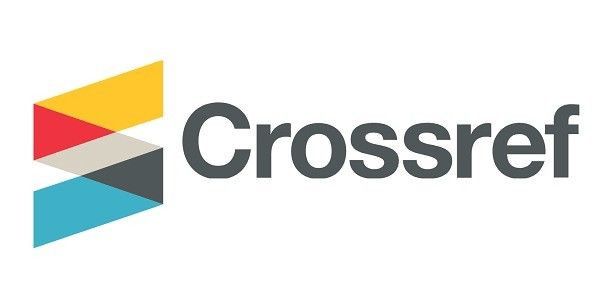
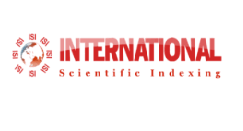
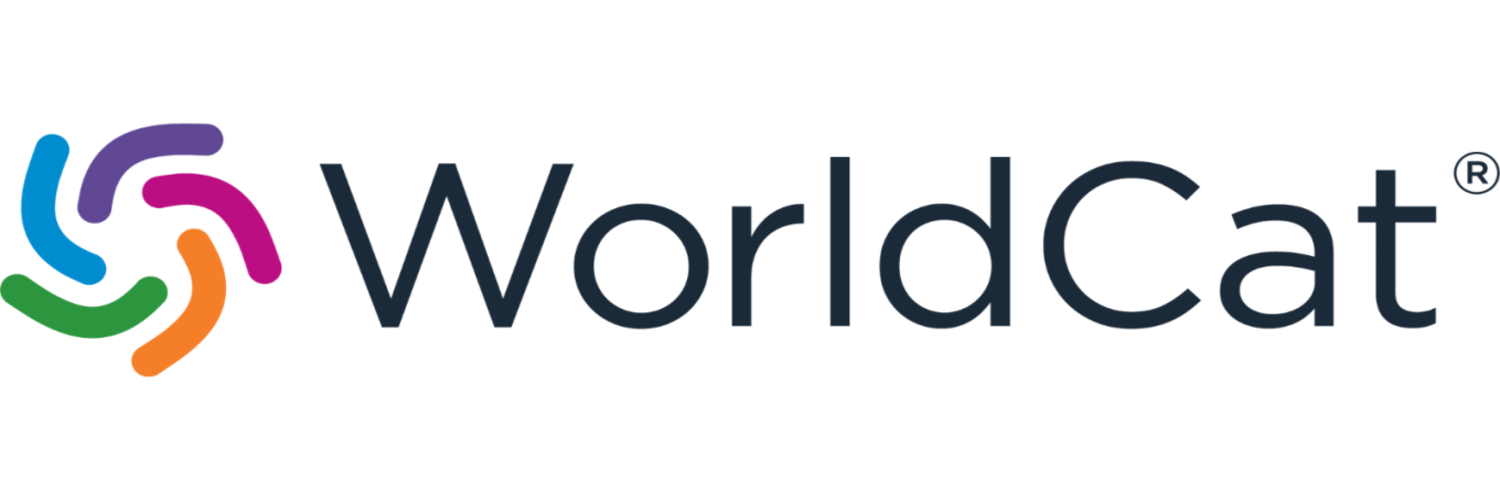
p (1).png)


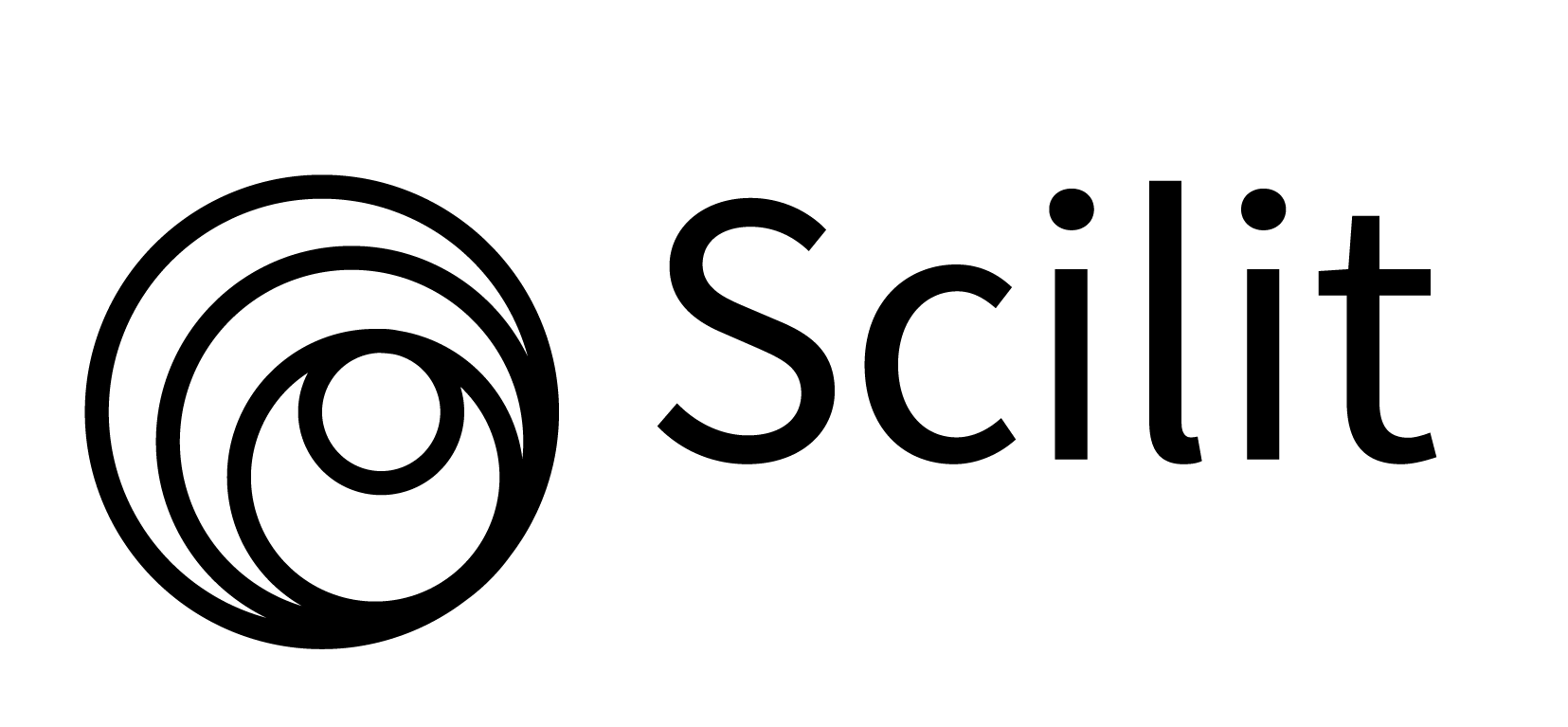
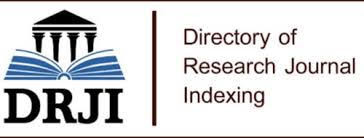
.png)




.png)
